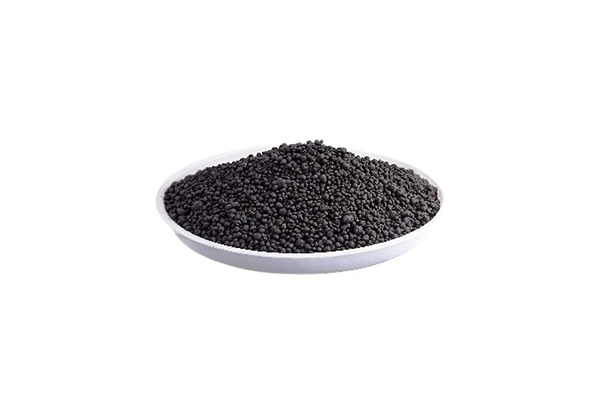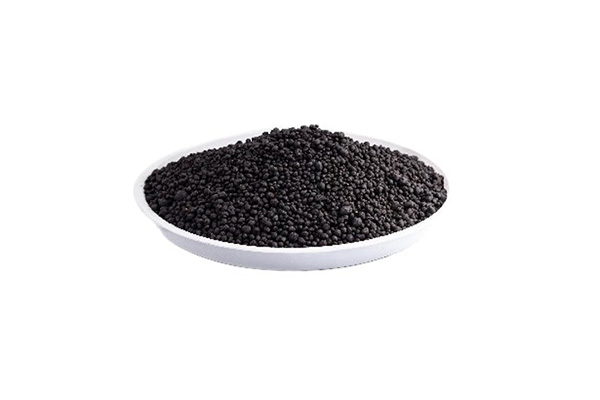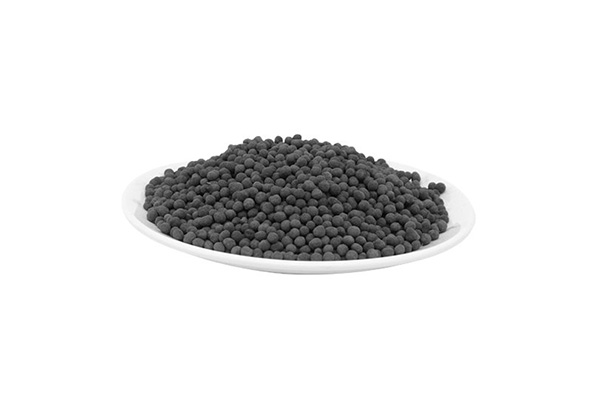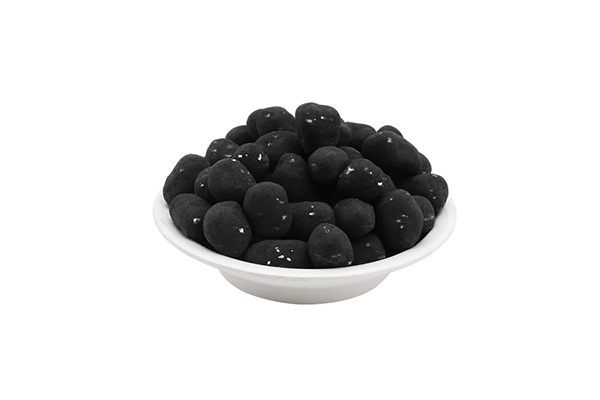Biological filter materials are at the core of modern water treatment and aquaculture systems. They play a vital role in establishing a healthy biological environment by fostering colonies of beneficial microorganisms that break down harmful substances such as ammonia, nitrite, and organic waste. Whether applied in municipal water treatment plants, industrial wastewater systems, aquaculture tanks, or aquarium setups, biological filter media are indispensable in ensuring sustainable water ecosystems.
Installing and maintaining these filter materials requires a methodical approach, as improper handling can compromise filtration efficiency, reduce microbial activity, and affect the overall water quality. This guide offers a detailed exploration of best practices for installation, upkeep, and optimization of biological filter materials.
Feierda, a company dedicated to the research, development, production, and sales of environmental filter media, provides innovative and reliable products that are widely applied across multiple sectors. Their expertise reinforces the importance of selecting high-quality materials and maintaining them properly to maximize both environmental and operational benefits.
Understanding the Role of Biological Filter Materials
Biological filter materials are designed to create surfaces where microorganisms can thrive. These microorganisms carry out the nitrification and denitrification processes that transform harmful compounds into less toxic forms.
Key functions include:
Providing a large surface area for microbial colonization
Ensuring proper oxygen flow for aerobic bacteria
Supporting anaerobic zones in some designs for denitrification
Stabilizing water chemistry by balancing nitrogen cycles
Without effective biological filter media, water systems are at risk of accumulating toxic levels of ammonia and nitrite, leading to poor water quality, fish mortality in aquaculture, and inefficiency in wastewater treatment plants.
Preparing the System for Installation
Before introducing biological filter materials into any system, careful preparation is required.
Considerations include:
Cleaning the tank or filter housing to eliminate residues that may interfere with microbial growth
Checking water flow systems to ensure even distribution across the filter bed
Confirming water chemistry stability to provide a suitable environment for beneficial bacteria
Positioning aeration systems to prevent dead zones in the filter structure
Feierda emphasizes preparation as the cornerstone of filter media performance. A system that is well-prepared not only enhances microbial colonization but also prolongs the life of the filter media itself.
Selecting the Appropriate Filter Media
Different systems require different types of biological filter materials, each with unique characteristics. Some of the most widely used media include:
Ceramic rings that offer high porosity and durability
Plastic bio-balls that ensure strong water circulation and aeration
Porous sponges with flexible applications in small systems
High-performance synthetic media engineered for maximum surface area
When selecting filter materials, operators must consider flow rate, system size, type of organisms present, and maintenance capacity. Feierda’s diverse portfolio of filter media demonstrates how customized solutions can optimize performance across a wide range of applications.

Installing Biological Filter Materials Correctly
Proper installation ensures that filter media operate at full efficiency. The key steps include:
Layering media to maximize contact between water and microbial surfaces
Ensuring water flows evenly through the filter bed
Avoiding over-compression of media, which may reduce porosity
Using separators or net bags when necessary for ease of maintenance
An essential aspect is allowing sufficient space for water circulation. Overloading the filter chamber with materials can restrict flow, reducing both oxygen levels and microbial activity.
Encouraging Bacterial Colonization
Once installed, biological filter materials require time to develop colonies of beneficial bacteria. The establishment phase is critical and can take several weeks, depending on environmental conditions.
Operators can encourage colonization by:
Maintaining stable water temperature
Avoiding sudden chemical treatments that kill bacteria
Introducing seeding bacteria if available
Monitoring ammonia and nitrite levels regularly
Feierda’s filter media are engineered to accelerate colonization, providing optimized surfaces and pore structures that support rapid microbial growth.
Monitoring Water Quality Indicators
To ensure that biological filter materials are functioning effectively, continuous monitoring of water quality is essential. Key parameters include:
Ammonia concentration
Nitrite concentration
Nitrate levels
Dissolved oxygen
pH stability
Consistent testing provides valuable feedback on whether the filter media is achieving the desired level of biofiltration. Any irregularities often indicate maintenance needs or installation problems.

Cleaning and Maintaining Filter Media
While biological filters are designed to sustain microbial colonies, they also accumulate organic debris over time. Maintenance practices must balance cleaning with the preservation of beneficial bacteria.
Best practices involve:
Rinsing media gently with system water, never chlorinated tap water
Avoiding complete replacement of all media at once to prevent bacterial loss
Rotating maintenance schedules so sections of the filter remain biologically active
Inspecting for physical degradation of materials over time
Feierda’s filter media are designed with durability in mind, reducing the frequency of replacements and simplifying long-term maintenance.
Handling Clogged or Overloaded Filters
Clogging is a common issue in biological filters, usually caused by excessive organic waste, algae, or improper media arrangement.
To troubleshoot clogged filters:
Reduce feeding or organic load in aquaculture systems
Clean intake screens and pre-filters regularly
Rearrange filter media to restore optimal flow
Consider adding mechanical filtration upstream to capture larger debris
Maintaining balance between mechanical and biological filtration helps preserve efficiency.
Extending the Life of Biological Filter Materials
The longevity of filter media depends on both quality and handling. Feierda’s materials are developed for extended use, but users must also practice proper care.
Tips for extending lifespan include:
Avoiding chemical cleaners that damage microbial colonies
Storing spare media in clean, dry conditions
Replacing only when structural integrity is compromised
Following manufacturer guidelines for maximum usage cycles
Longevity translates directly into cost savings and environmental sustainability.

Training Operators for Effective Maintenance
In industrial and aquaculture applications, operator expertise is essential. Proper training ensures that staff understand not only how to install filter media but also how to maintain and troubleshoot them effectively.
Training should include:
Basics of microbial ecology and water chemistry
Step-by-step cleaning procedures
Emergency protocols in case of filter failure
Documentation and monitoring practices
Feierda often supports clients with technical guidance, ensuring operators are equipped with the knowledge required to manage filter media effectively.
Integrating Biological Filters into Broader Systems
Biological filters rarely operate in isolation. They are part of larger treatment or aquaculture systems that may also include mechanical filtration, chemical treatment, or aeration technologies.
Integration strategies involve:
Coordinating flow rates between different filter stages
Using biological filters after mechanical pre-treatment to reduce clogging
Complementing biological filtration with activated carbon for organic absorption
Designing layouts that allow easy access for inspection and maintenance
A systems-based approach ensures that biological filters achieve maximum effectiveness.
Building a Culture of Environmental Responsibility
Beyond technical aspects, biological filters embody environmental responsibility. They represent a natural approach to water purification, relying on microbial processes rather than chemical treatments.
Organizations that invest in proper installation and maintenance of biological filter materials also invest in:
Sustainable water management practices
Reduction of chemical usage and associated risks
Improved ecological outcomes in aquaculture and water treatment
Alignment with environmental regulations and sustainability goals
Feierda, with its focus on eco-friendly filter media, highlights how businesses can merge operational efficiency with environmental stewardship.

Conclusion
Installing and maintaining biological filter materials is a process that requires preparation, precision, and ongoing care. From understanding their role in microbial ecology to selecting the right type, installing them properly, encouraging colonization, monitoring water quality, and performing careful maintenance, every step contributes to the long-term effectiveness of the system.
Feierda, as a professional company specializing in the R&D, production, and sales of environmental filter media, demonstrates how high-quality products combined with knowledge-based practices ensure optimal results. Their innovations not only enhance microbial activity but also support sustainability in water treatment and aquaculture.
By adhering to best practices and recognizing the value of biological filters as living components of water systems, operators and organizations can achieve reliable water quality, extend the life of their systems, and contribute meaningfully to environmental protection.
